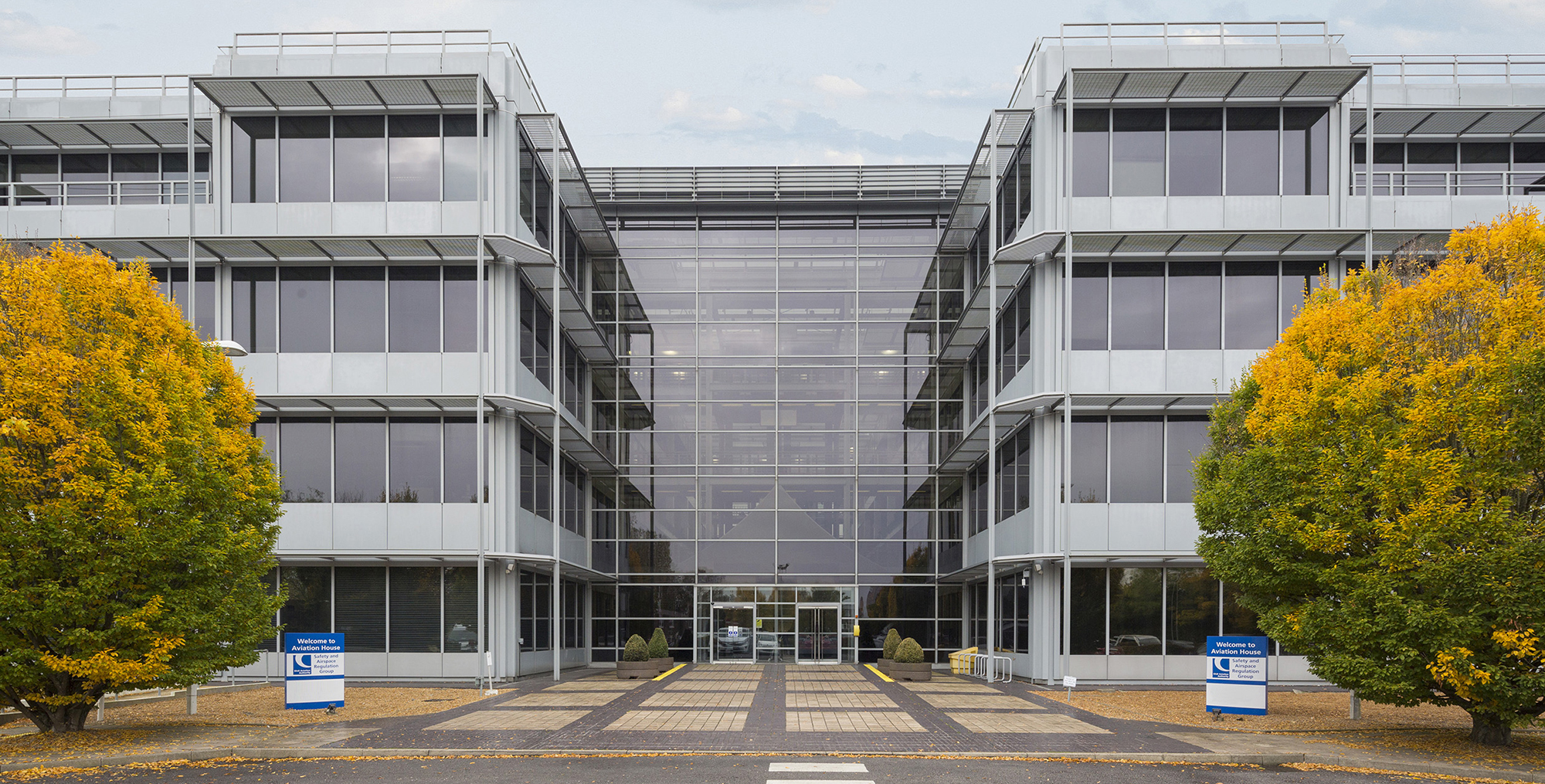With 338 speakers and 2000 attendees there was a lot to take in at the MOVE 2019 conference in February. A diverse and international group of firms, innovators and organisations discussed cross-modal transport solutions for the future. In fact, for many in the room that future is already here - albeit at an early stage or operating on a relatively limited scale. Mobility of the future 'today' includes electric bikes, autonomous cars, drones carrying up to 180kg loads, and everything imaginable in-between. There was a strong presence from the aviation sector, in the form of major aerospace players, new entrants and innovators: all of whom recognise air travel and transportation as an enduring feature of future urban mobility.
Whether focussed on land or air-based transport common three themes emerged.
Firstly, the value of public opinion in enabling the success of future mobility was clear. Participants discussed work underway to find solutions to key consumer issues, from noise alleviation to services that enhance the customer experience. For urban mobility to be realised these issues are not just additional considerations, but key components of the products and services offered.
Secondly, there was a clear view that urban mobility of the future will be driven by Mobility as a Service (MaaS) expectations. Whether participants were talking about electric vehicles, autonomous rail or new types of air travel, people are expected to continue to move away from personally-owned transportation, to those that are consumed as a service (e.g. shared, on-demand). For the aviation sector this may not be as big a shift as might be expected, but the effects of MaaS trends are worth considering. Under the broader challenges faced by Urban Air Mobility this will need to be reflected in the development of vehicles (including intermodal), the management of networks, and the framework under which suppliers will operate.
Lastly, the importance and ways in which data and advanced communications are used will only increase in future. How data is harnessed, applied and regulated is a cross-sector challenge. It applies to developments across the urban mobility space, from autonomous vehicles, to increasingly sophisticated, digitalised traffic management systems and smart infrastructures.
All of these are topics which the new CAA Innovation Hub is watching with interest.


Leave a comment
Fields marked with an asterisk (*) are required.